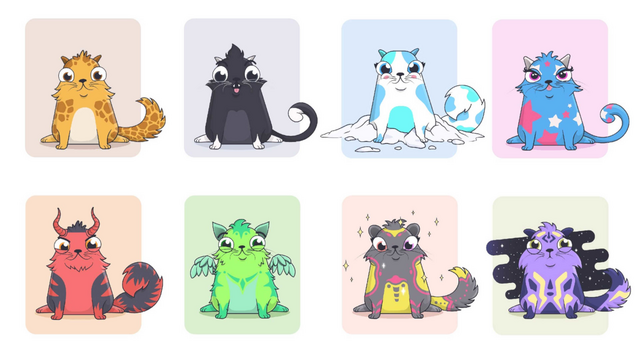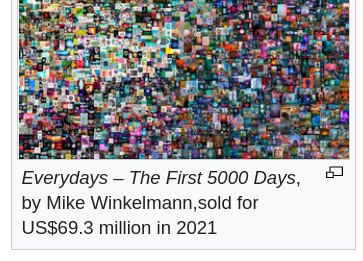
One of the criticisms of cryptocurrency is that it's a solution in search of a problem. With NFT's, the match between prolem and solution is clear.
On the one hand, you have artists, who need to make a living, and have an efficient form of distribution - something which isn't excessively labor-intensive, difficult, or time-consuming.
On the other hand, you have digital-first generations that are used to communicating via apps online, finding jobs, lovers, and community online - basically, doing everything online (modern problems -> modern solutions).
Finally, there's a demand out there to buy something that appreciates... something fun. Not money market instruments or conservative 'country club' assets that pay out over decades.
NFT's solve for all this... and interest in them is growing.

Art that you like is something you can buy and love. If it doesn't appeciate, you have the art. If it does appreciate, even better.
By purchasing an NFT you show your membership in a community. It may be a brand new community, it could be an established community. As close-knit community online is something which is relatively valuable, that's contributed to price appreciation.
Based on this, the value propisition is clear. You find an NFT you like - for the art, for the community, for the status. You buy. Now you're part of a movement that's moving to the center of our culture.

So how do you find and buy NFTs?
You can find them on Twitter: search for big-name artists, and follow them there. When they sell NFT's, they'll announce it, and then (if you see the news in time) you can buy theirs.
You might also want to stay current through Instagram, Clubhouse, and Twitter Spaces, all of which feature people regularly discussing new NFT projects.
Here's an easy hack: go to Twitter or Insta, search 'nft', and follow accounts that come up.
From there, once you've found an artist or a project that you like, you'll often be directed to a Discord, where the community chats. Eventually, you'll know enough to know if you like it or not.
When it's time to buy, read the Gentleman Bored Ape's NFT Twitter guide.
My plaintext version:
First, get a wallet. I recommend MetaMask.
Most of the high-profile activity is on the Ethereum network - NFT's themselves are named for a type of smart contract on the Ethereum blockchain. So, owning Ethereum would be a good place to start.
Using MetaMask, you can save your Ethereum, and through the same piece of software, you can go to websites selling NFT's and claim yours, by paying and confirming the transaction in the app.
If it's on an NFT marketplace like OpenSea, you connect your wallet, by going to the website and following the steps to buy there.
If the project is brand new, it might not be listed on OpenSea. Instead they'll have a website where you can go and 'mint' the NFT, that is, pay the Ethereum fees necessary to create one just for you. (Warning: fees can be $50 and above, so factor that in to your cost).
After that, you have your NFT. You can show it off to others now, use it to show your membership in a community, or simply hold and hope it appreciates.

Our advice:
Start slow. Start low.
When you're starting out, you won't know about typical price action. So buy inexpensive projects, and see how they do - or don't buy it all, and see if your price predictions are correct.
If you're interested in a project that seems too expensive, you can always monitor it later and take that knowledge with you when searching for future projects.
Take your time, find projects you really believe in, and - good luck! NFT's will be here for a long time, there are lots of good projects in development now, and your judgement will get better over time.